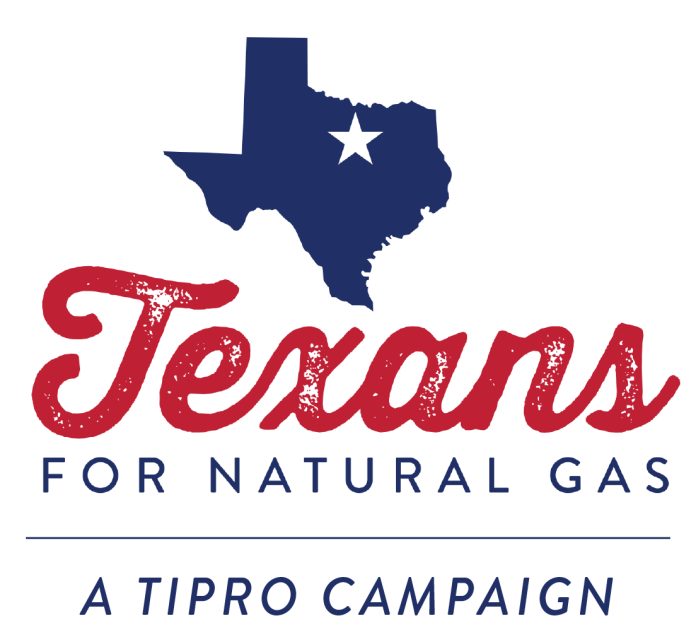Texans for Natural Gas (TNG), an educational campaign of the Texas Independent Producers and Royalty Owners Association (TIPRO), on Tuesday released a new report highlighting the work of Texas oil and natural gas producers in significantly and consistently reducing methane emissions. The report emphasizes the decade-long downward trend in methane intensity — reaching a record low of 0.12% in 2022 while simultaneously reaching record production levels.
“Texas oil and natural gas producers set global standards for responsible and sustainable energy production,” said TIPRO President and TNG Spokesperson Ed Longanecker. “Through collaborative efforts, the industry has implemented technology and operational best practices to achieve substantial progress and advancements in mitigating methane emissions across the energy value chain. The Permian Basin’s success in reaching some of the lowest methane intensity rates in the world exemplifies the region’s commitment to environmental stewardship. We will continue to proactively work to minimize oil and gas development’s environmental impact — all while producing affordable, abundant, and reliable energy.”
A news release details that key findings of the report include:
- Permian Basin methane intensity continues to trend downward, with methane emissions intensity falling by nearly 85% between 2011 and 2022, and during the same time period, total oil and gas production in the Permian increased by over 416%.
- Flaring intensity in the Permian Basin decreased by 4.5% from 2021 to 2022 and by nearly 66% since the Basin experienced record flaring in 2019.
The Permian Basin stands apart from other global producers not only because of its prolific production but by remaining well below the flaring intensity of other global producers. In 2022, flaring intensity was 915% higher in Russia and 242% higher in Venezuela than in the Permian Basin, the release said.
Of the top 10 countries by flared volumes, the United States has made the most progress in reducing its emissions. From 2019 to 2022, the United States cut flared volumes by more than half — a nearly 54% decrease.
The U.S. oil and natural gas industry continues to lead efforts to reduce emissions through innovation, collaboration, and more than $300 billion invested in technologies to mitigate greenhouse gas emissions over the past two decades. Collectively, the industry is driving quantifiable results in reducing emissions, while increasing production to meet growing demand at home and abroad.
By utilizing industry-leading technologies and resources such as Satelytics, which produces geospatial analytics to identify and measure emissions across the basin, drones to access difficult-to-reach areas, and fixed cameras and sensors to enable around-the-clock surveillance, Texas operators are implementing innovative solutions to drive emissions down further. Through organizations like The Environmental Partnership and Texas Methane and Flaring Coalition, operators continue to collaborate and share best practices to reduce emissions and remain leaders in sustainable energy production.
To learn more about TNG, visit texansfornaturalgas.com.




